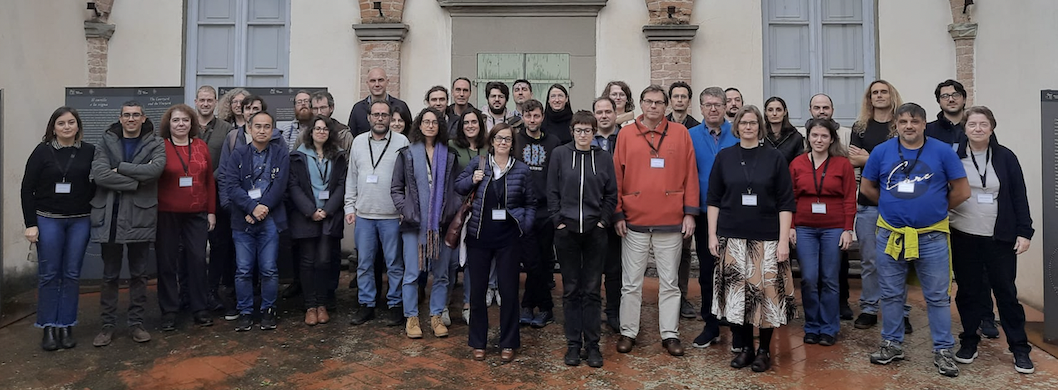Speaker
Description
Young clusters are a formidable tool to study star formation, stellar evolution, binary stars, as well as the formation and evolution of clusters themselves. The availability of data from Gaia, coupled with additional ground-based data and clustering analysis methods, allow us for the first time to discover and study a wide range of clusters with unprecedented details. In the region around Gamma Vel, we have identified a 260pc long filamentary structure of coeval stars that connects several 30 Myr old associations and known clusters, possible relict of the formation of stars along a more that 100 pc-long filament. Similarly, we identified a long (90pc), thin (about 10pc width), co-eval (10Myr) stellar structure in the Orion star-forming region which is likely a relic of star formation along a molecular cloud filament, naming it the Orion relic filament. In both cases, we exclude that such populations originates by the same mechanism responsible to create tidal streams around older clusters. We are instead observing a constellations of young and coeval star clusters and associations few million years after their formation, bridged on a more than 100pc scale by a filament of coeval stars. Such structures are likely the outcome of a mechanism of filamentary star formation in a Giant Molecular Clouds. Clearly, thanks to Gaia, the study of young stellar clusters on a galactic scale is undergoing a complete revolution.

